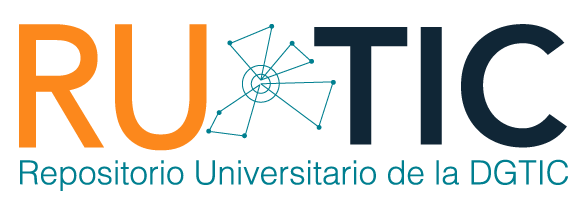| dc.contributor.editor | ERNESTO PRIANI SAISO | |
| dc.coverage.spatial | MX | |
| dc.date.accessioned | 2018-06-28T04:45:29Z | |
| dc.date.available | 2018-06-28T04:45:29Z | |
| dc.date.issued | 2007-04-10 | |
| dc.identifier.uri | https://ru.tic.unam.mx/handle/123456789/1251 | |
| dc.description | Tema del mes | |
| dc.description.abstract | Los Incas lograron domesticar más de 710 plantas alimenticias, entre cereales, tubérculos, frutas y carnes. Esta gran civilización se adelantó al tiempo en ingeniería genética y seguridad alimentaria. En grandes colcas (depósitos) almacenaban alimentos para enfrentar sequías y cambios climáticos intempestivos. Nadie podrá negar el aporte de la papa, el maíz, el ají y el tomate a la alimentación mundial productos que ayudaron inclusive a superar terribles hambrunas en Europa en el siglo XVIII. Ahora, ante las advertencias de que en los próximos años se extenderán grandes sequías y hambrunas así como epidemias y enfermedades terminales, será el momento para que nuevamente los alimentos de los Incas como la quinua, la maca, el yacón, la yuca y el pallar sean la alternativa inmediata y ayuden nuevamente a enfrentar los tiempos difíciles del calentamiento global | es_MX |
| dc.description.abstract | The Inca were able to tame more than 710 nutritious plants, among cereals, tubers, fruits and meats. This great civilization was ahead at the time in genetic engineering and alimentary security. In big colcas (deposits) they stored foods to face droughts and climatic inopportune changes. Nobody will be able to deny the contribution of the potato, the corn, the pepper and the tomato to the feeding world products that you/they helped inclusive to overcome terrible famines in Europe in the XVIII century. Now, before the warnings that in next years they will expand big droughts and famines as well as epidemics and terminal illnesses, it will be the moment so that again the foods of the Inca as the quinua, the bruise, the yacón, the yucca and the pallar are the immediate alternative and help again to face the times difficult of the global heating | en |
| dc.format | html | |
| dc.format | application/pdf | |
| dc.format.extent | 3.15 KB | |
| dc.format.extent | 75.81 KB | |
| dc.language | spa | |
| dc.publisher | Universidad Nacional Autónoma de México. Dirección General de Cómputo y de Tecnologías de Información y Comunicación. Revista Digital Universitaria | |
| dc.relation.isformatof | http://www.revista.unam.mx/vol.8/num4/art22/abril_art22.pdf | |
| dc.relation.ispartof | http://www.revista.unam.mx/index_abr07.html | |
| dc.rights | openAccess | |
| dc.source | Revista Digital Universitaria (1607 - 6079). Vol.8, No.4 (2007) | |
| dc.subject | Incas | |
| dc.subject | Hábitos alimenticios | |
| dc.title | Alimentos incas para enfrentar el calentamiento global | es_MX |
| dc.title.alternative | Inca foods to face the global heating | en |
| dc.type | article | en |
| dc.contributor.director | Alejandro Pisanty | |
| dc.subject.keywords | Cultivos andinos, Alimentos Incas, Food habits, Andean Crops, Inca Foods | |
| dc.identifier.url | http://www.revista.unam.mx/vol.8/num4/art22/int22.htm | |
| dc.creator | Hernán Cornejo Velásquez | |
| dc.rights.url | http://creativecommons.org/licenses/by-nc-sa/4.0 |
Files in this item
This item appears in the following Collection(s)
COMPARTE
BÚSQUEDA
Escriba el texto a buscar en DSpace
CONTACTO
El Repositorio Universitario de la DGTIC se edita en la Dirección General de Cómputo y
de Tecnologías de Información y Comunicación (DGTIC), de la Universidad Nacional Autónoma de México (UNAM)
Circuito Exterior s/n, Ciudad Universitaria, Coyoacán, C.P. 04510, México, D.F
Tel: +(52) (55) 56228166 Email: rutic@unam.mx









 ¿Qué es un repositorio...?
¿Qué es un repositorio...? ¿Qué beneficios obtengo...?
¿Qué beneficios obtengo...? ¿Qué tipo de recursos...?
¿Qué tipo de recursos...? Preguntas frecuentes
Preguntas frecuentes